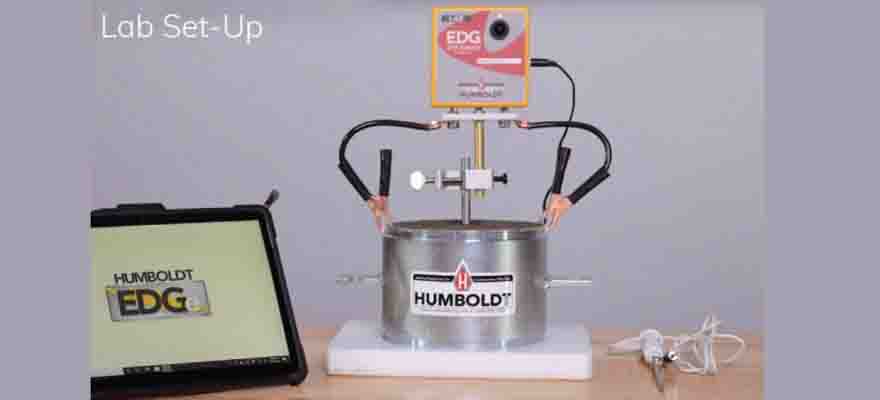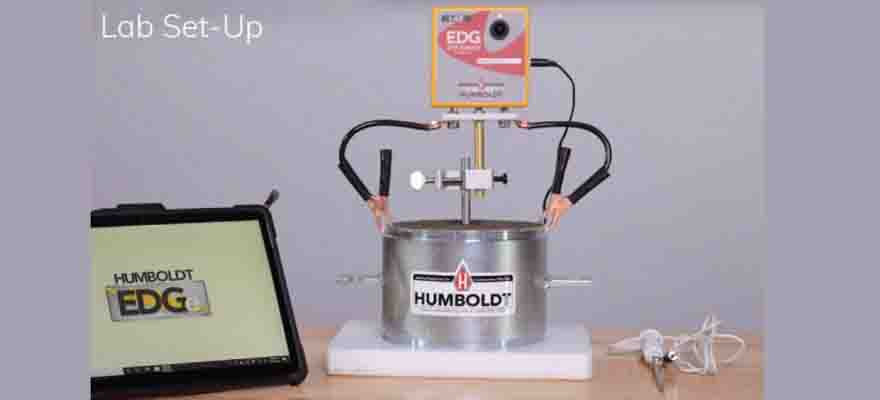Emerging Technologies in Field Testing Equipment: What’s Next?
The construction industry has long relied on field testing equipment to ensure safety, quality, and accuracy in various projects. Over the years, technological advancements have led to the development of more sophisticated and efficient tools. However, the future promises even greater innovations that will continue to revolutionize the field. From enhanced precision to the integration of artificial intelligence (AI) and data analytics, emerging technologies are poised to further transform how construction testing is performed. This article delves into some of the exciting developments in field testing equipment and explores what the future holds for the industry.
The Rise of Digitalization in Field Testing
One of the most significant trends in field testing equipment is the shift from analog to digital systems. Traditional equipment often required manual processes for testing and data recording, which could lead to human error and inaccuracies. Today, digital systems are increasingly being used to automate data collection, analysis, and reporting.
For example, the Blaine Air Permeability apparatus, traditionally an analog tool, is now available in electronic or semi-automatic versions, providing more accurate and reliable results. These digital versions not only automate the testing process but also integrate with cloud-based systems, allowing for real-time data analysis and reporting. This shift toward digitalization improves efficiency, minimizes human error, and enables faster decision-making.
Moreover, the ability to integrate multiple data points into a centralized database makes it easier for construction managers to track trends and make predictive decisions based on the data collected over time.
Advanced Sensors for Real-Time Monitoring
Another exciting development in field testing is the integration of advanced sensors that enable real-time monitoring of materials and structures. The use of these sensors allows construction teams to collect continuous data during the construction process, enabling immediate action if problems arise.
For instance, in pile foundation testing, sensors embedded in the foundation can provide ongoing feedback about load-bearing capacity and potential shifts in soil conditions. This constant monitoring ensures that any issues are identified quickly, minimizing the risk of foundation failure and improving site safety. Advanced sensors can also be used for structural health monitoring, alerting teams to potential hazards such as cracks or shifts in the structure over time.
As sensor technology advances, these tools will become even more precise, enabling construction teams to gain deeper insights into the integrity of materials and structures in real time.
Integration of Artificial Intelligence and Machine Learning
Artificial intelligence (AI) and machine learning (ML) are playing an increasingly important role in the development of field testing equipment. By analyzing large sets of data, AI and ML algorithms can predict trends, identify potential issues, and suggest optimal solutions in real-time.
For example, the Rapid Chloride Test is widely used to assess the potential for corrosion in concrete structures. As AI technologies become more integrated with field testing equipment, these systems can analyze the test data in real time and predict future corrosion risks based on environmental factors, material quality, and other variables. This predictive capability helps construction teams to proactively address potential issues before they become major safety concerns.
Machine learning algorithms can also improve the accuracy of other field tests, such as the Residual Ring Shear testing system for soils, by learning from past data to make better predictions about soil behavior and strength.
Wireless and Remote Testing Capabilities
Wireless technology is another key innovation that is transforming the landscape of field testing. Wireless testing equipment allows for remote monitoring and data collection, reducing the need for physical presence at testing sites and making testing more efficient, especially in hard-to-reach areas.
For instance, the Rock Point Load Test system now incorporates wireless technology, allowing for quick, accurate data transmission from the field to a centralized server. This feature not only speeds up the testing process but also reduces the risk of errors associated with manual data entry. Wireless testing capabilities are particularly beneficial for remote locations, where it may be challenging to transport personnel and equipment.
In addition, these wireless systems enable real-time data sharing with remote experts, who can analyze results and provide immediate guidance to on-site teams, further enhancing safety and efficiency.
Robotics and Automation in Field Testing
Robotics is beginning to make a significant impact on the field testing industry, with automated systems capable of performing certain tests with minimal human intervention. These robots are designed to operate in harsh environments and handle repetitive tasks, freeing up human workers to focus on more complex tasks that require decision-making.
For example, robots equipped with advanced imaging systems could soon be used for non-destructive testing, such as GPR surveys, to detect subsurface anomalies. These robots would be able to scan large areas quickly and efficiently, providing real-time data on potential issues such as cracks or voids in the concrete, soil, or rocks. Additionally, robots could be used for rock fracture tests, automating the process of testing material strength and reducing the risk of human error.
As robotics technology advances, these systems will become more versatile and capable of handling a wider range of testing tasks, further improving the efficiency and accuracy of field tests.
Advanced Non-Destructive Testing Methods
Non-destructive testing (NDT) continues to be a major focus of innovation in the field testing industry. New NDT methods, including advanced ultrasonic and electromagnetic techniques, are making it easier to assess the integrity of materials without causing any damage.
For instance, the Rebound Hammer has been a staple tool for assessing the strength of concrete surfaces. However, the future of NDT lies in more advanced technologies, such as ultrasonic pulse velocity (UPV) testing and electromagnetic sensors, which can provide even more detailed information about the internal properties of materials, such as their density, porosity, and moisture content.
These methods can be further enhanced with AI and machine learning algorithms, which can help analyze the data more accurately and identify potential structural issues with greater precision.
The Future of Sustainable Testing Equipment
As the construction industry moves towards more sustainable practices, the demand for eco-friendly testing equipment is also growing. The future of field testing will likely see the introduction of more energy-efficient, environmentally friendly devices that reduce the environmental impact of construction projects.
For example, testing equipment that uses solar power or other renewable energy sources will become increasingly common on construction sites. Additionally, sustainable materials and manufacturing processes will be prioritized in the production of testing equipment, helping to reduce the carbon footprint of construction testing.
Conclusion
The future of field testing equipment is bright, with emerging technologies such as AI, machine learning, robotics, and wireless systems poised to revolutionize the industry. These advancements will not only improve the accuracy, efficiency, and safety of field testing but also enable construction teams to predict and prevent potential issues before they arise. As these technologies continue to evolve, they will play an increasingly critical role in ensuring the safety, sustainability, and durability of construction projects worldwide.
By embracing these emerging technologies, the construction industry will be better equipped to meet the challenges of the future, driving innovation and setting new standards for field testing equipment.





